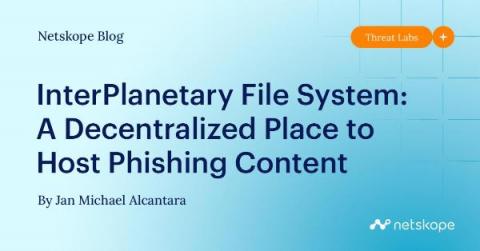New "Greatness" Phishing-as-a-Service Tool Aids in Attacks Against Microsoft 365 Customers
This new phishing toolkit is rising in popularity for its effective realism in impersonating not just Microsoft 365, but the victim organization as well. Security researchers at Cisco Talos have identified a new Microsoft 365 toolkit that actually creates a realistic login experience for the victim user, making it more dangerous to organizations.







